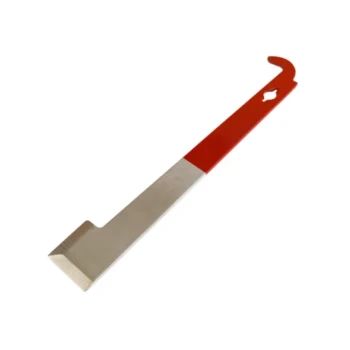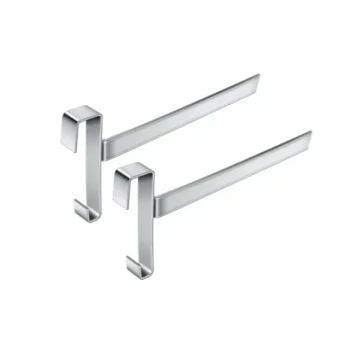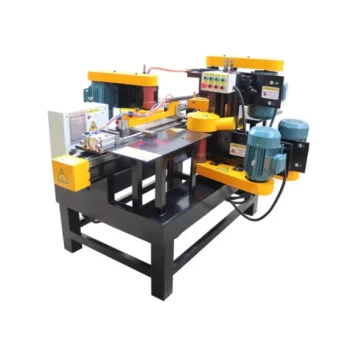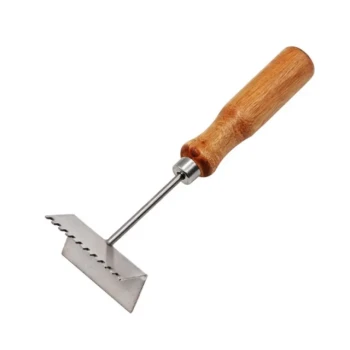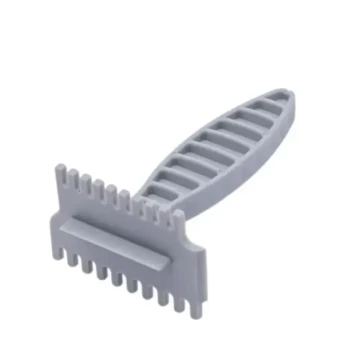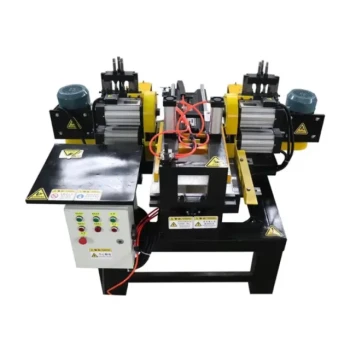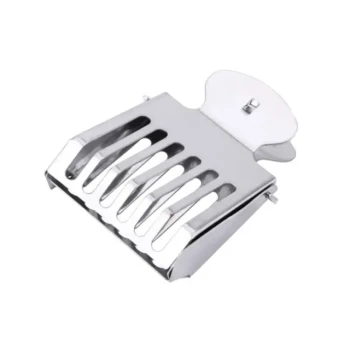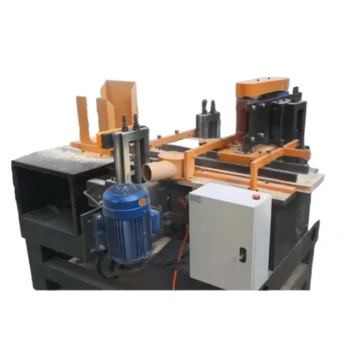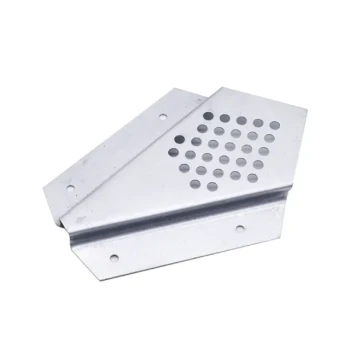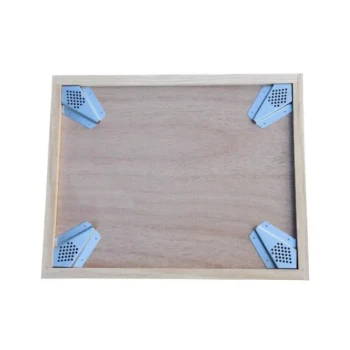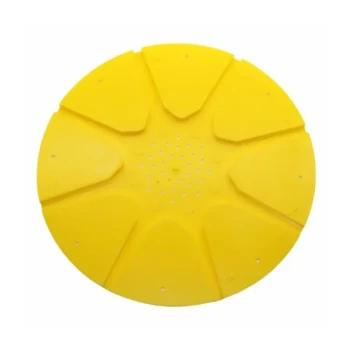To make your hive inspections more efficient, you must shift your mindset from conducting a full teardown every time to performing a targeted check-up. This is achieved by keeping detailed notes from previous inspections, establishing a specific goal or question before you open the hive, and focusing only on the frames necessary to answer that question.
The most significant leap in beekeeping efficiency comes from realizing that an inspection is not a routine audit, but a strategic inquiry. Your goal is to get a specific answer with minimal disruption, not to count every bee.
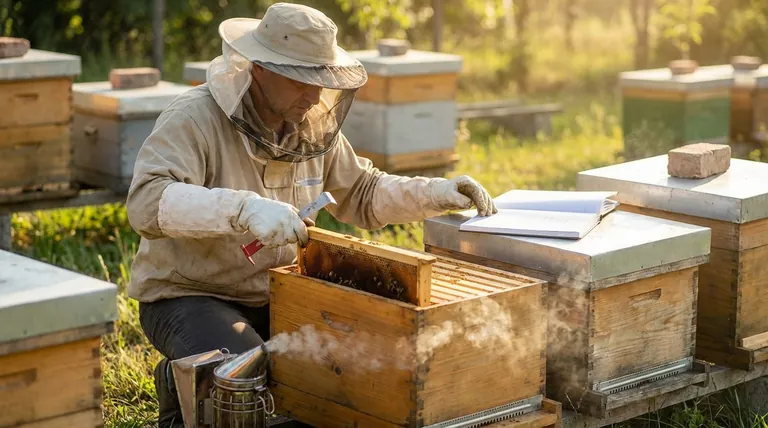
The Foundation: From Rote Task to Strategic Check-in
Many beekeepers believe a thorough, frame-by-frame inspection is the gold standard. While necessary at times, it's often inefficient and stressful for the colony. The efficient approach is purpose-driven.
Adopt a "Question-First" Approach
Before you light your smoker, define your primary question for the inspection. This question will be based on the time of year, weather conditions, and your notes from the last visit.
Your question might be: "Is the queen laying well?" "Does the colony have enough space to expand?" or "Are there signs of swarm preparation?"
The Power of Purposeful Observation
Once you know your question, you know exactly where to look. This eliminates the need to pull and examine every single frame.
If you are checking for space, you only need to look at the top-most box. If you're checking the queen's laying pattern, you can go straight to the center frames of the brood nest.
Let Your Notes Guide You
Detailed notes are the cornerstone of efficiency. They transform isolated inspections into a continuous conversation with your colony.
Your notes from the last inspection dictate your question for the current one. For example, if you noted the bees were running out of room two weeks ago, your question today is, "Have they used the new space I gave them?"
A Practical Framework for Efficient Inspections
Adopting a strategic approach requires a simple, repeatable process. This framework ensures you stay focused and gather the information you need quickly.
Step 1: Review Before You Go
Always review your notes before heading to the apiary. This 5-minute investment saves significant time hive-side by reminding you of the colony's recent history and helping you formulate your key question for the day.
Step 2: Targeted Frame Selection
You rarely need to pull more than a few frames to get your answer. Start by removing one of the outer frames in the box to give yourself working room.
Then, go directly to the area most likely to hold the answer to your question. If you see evidence of a healthy, laying queen (eggs and young larvae), you don't need to spend another 15 minutes trying to spot her.
Step 3: Record Key Findings Immediately
Take clear, concise notes as soon as you close the hive. Vague notes like "hive looks good" are useless for future planning.
Effective notes capture specifics: "Queen confirmed (saw eggs), 5 frames of brood, building out new super." This sets up your primary question for the next inspection.
Understanding the Trade-offs
While targeted inspections are highly efficient, it's crucial to understand the potential downsides to avoid common pitfalls.
The Risk of Missing Subtle Cues
A hyper-focused inspection might cause you to miss early, subtle signs of a problem, like an unusual brood disease or the very beginning of a pest issue.
It is wise to schedule a more thorough, comprehensive inspection a few times a year to ensure you have a complete picture of the colony's health.
The Danger of Incomplete Notes
This entire system of efficiency relies on the quality of your notes. Inconsistent or incomplete record-keeping breaks the cycle of informed decision-making.
Without good notes, every inspection becomes a cold start, forcing you back into a full teardown to re-learn what you should already know about the hive's status.
Tailoring Your Inspection to Your Goal
Use your primary goal to dictate the focus of your inspection. This ensures you get the information you need without unnecessary effort or disruption.
- If your primary focus is a quick health check: Look for the presence of fresh eggs, which confirms the queen was laying within the last three days.
- If your primary focus is swarm prevention: Go directly to the brood boxes and check the bottom edges of the frames for swarm cells.
- If your primary focus is honey production: Check the uppermost honey supers to see if the frames are full and whether the bees need more space.
By treating each inspection as a targeted inquiry rather than a complete teardown, you save time, reduce stress on your bees, and become a more effective beekeeper.
Summary Table:
| Inspection Goal | Key Area to Check | What to Look For |
|---|---|---|
| Quick Health Check | Center frames of brood nest | Presence of fresh eggs |
| Swarm Prevention | Bottom edges of brood frames | Queen swarm cells |
| Honey Production | Uppermost honey supers | Frames full, need for more space |
Ready to equip your apiary for more efficient inspections?
HONESTBEE supplies commercial apiaries and beekeeping equipment distributors with the durable, reliable tools needed for a streamlined workflow. From high-quality hive tools to efficient smokers and protective gear, our wholesale-focused operations ensure you get the equipment that supports strategic, low-stress beekeeping.
Contact our team today to discuss your supply needs and enhance your operation's efficiency.
Visual Guide
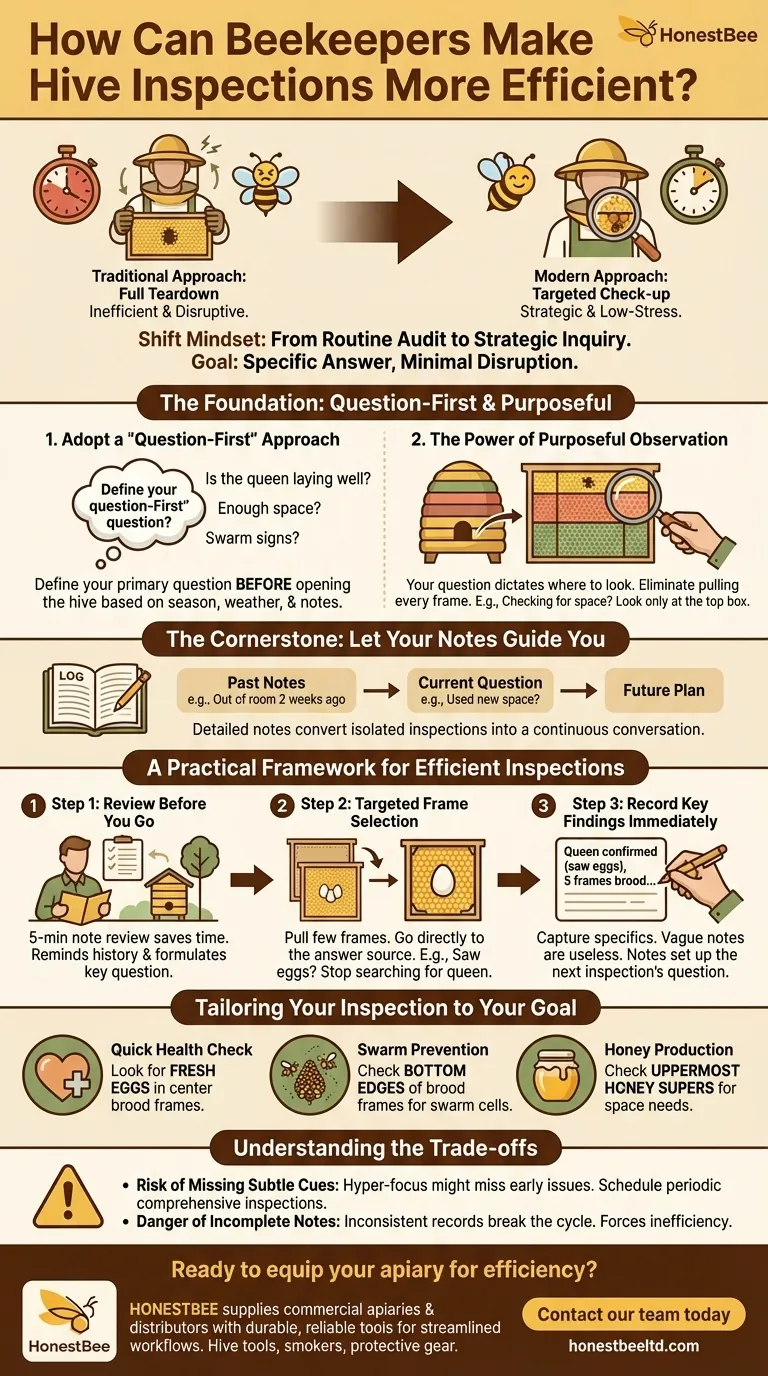
Related Products
- Professional Stainless Steel J-Hook Hive Tool
- 3 Layer Mesh Vented Sting Proof Beekeeping Suit with Hat and Veil
- Vented Beekeeping Jacket with Hood and Veil for Beekeepers
- Yellow Plastic Bucket Pail Perch for Beekeeping
- Long Langstroth Style Horizontal Top Bar Hive for Wholesale
People Also Ask
- How can a hive tool be cleaned and sterilized? A Beekeeper's Guide to Disease Prevention
- What tasks can a hive tool perform during a beekeeping inspection? The Essential Multi-Tool for Apiary Management
- What is a beekeeper tool? The Essential Multi-Purpose Lever for Hive Management
- What is the function of a hive tool in beekeeping? The Essential Multi-Purpose Lever for Your Hive
- Why is responsible beekeeping important for new beekeepers? Build a Thriving Apiary from the Start
